Government websites and online services are often built with limited input from the people they serve. This approach limits their ability to respond to ever changing needs and contexts. This case study describes...
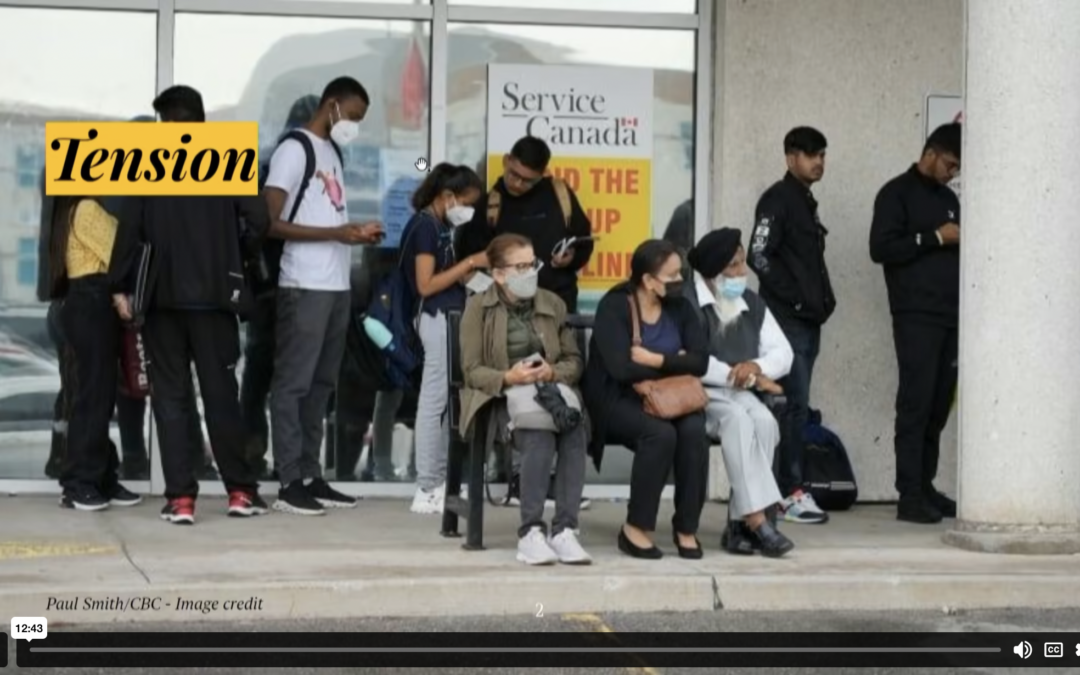

Government websites and online services are often built with limited input from the people they serve. This approach limits their ability to respond to ever changing needs and contexts. This case study describes...

Klaus Weber currently serves faculty director for Sustainability and Social Impact at Kellogg. He is also...
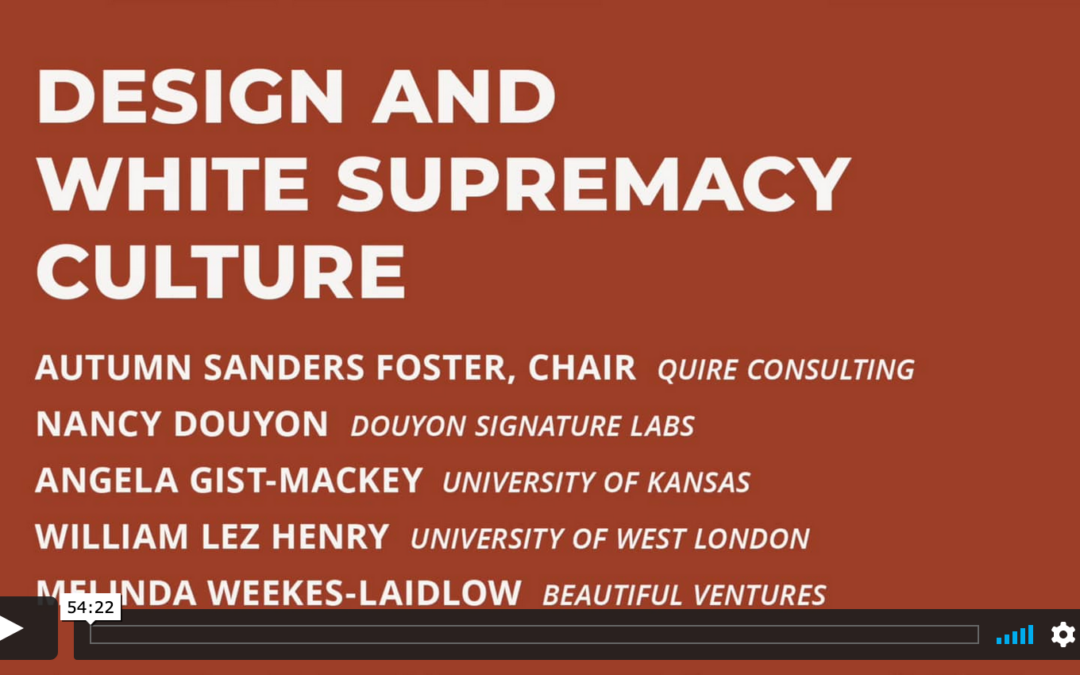
Within the growing global discourse around race, whiteness, and racial injustice lies a call to address the ways systemic racism and normalized whiteness continue to shape our work. Many organizations have issued formal statements but struggle to identify and implement meaningful next steps....

We propose a new approach for project inspection applying ethnography to identifying IT system project risks. Guideline-based inspection is generally conducted in the IT industry to reduce project risks. Guidelines are created based on analysis of failures in past projects. However, it is...
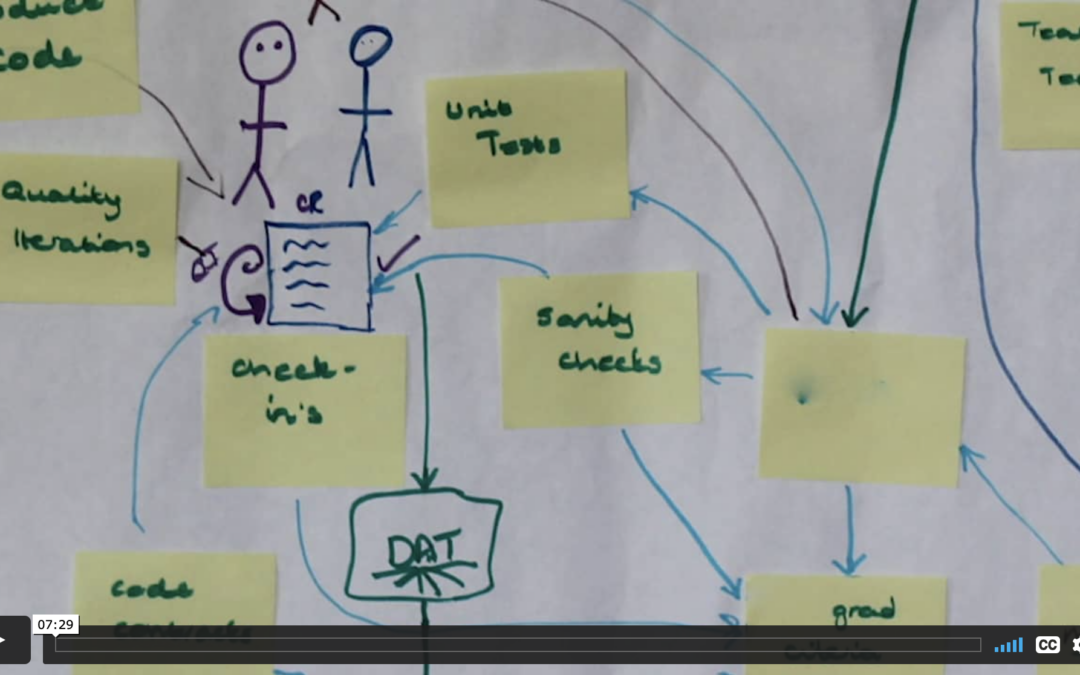
Effective software quality assurance in large-scale, complex software systems is one of the most vexed issues in software engineering, and, it is becoming ever more challenging. Software quality and its assurance is part of software development practice, a messy, complicated and constantly...
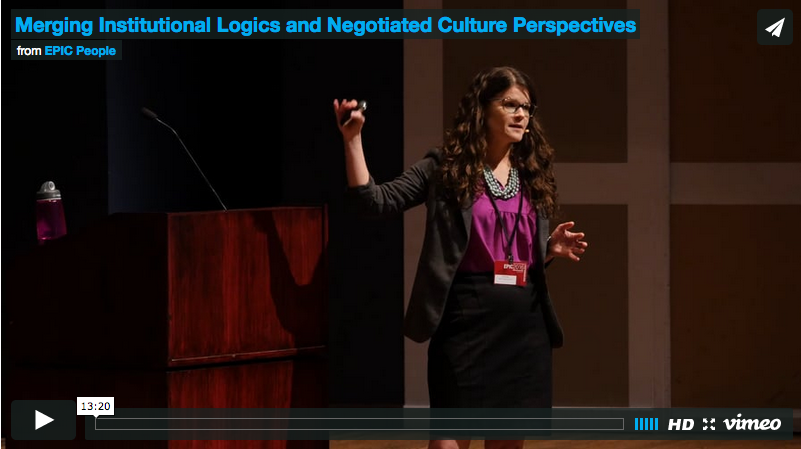
Showcasing a sixteen-month ethnographic study of a coalition to end homelessness in Western Canada, we show how the integration of two theoretical perspectives—institutional logics and negotiated culture—can be used as complementary, yet distinct lenses to better inform the practice of cross...

This paper focuses on a study of Tesco Plc conducted in 2011, in which we trained a multicultural team of nine Asian managers to become in-house ethnographers of Tesco UK for a 3-month period studying 52 stores in the UK with dual objectives of helping Tesco (1) to understand and evaluate the core...
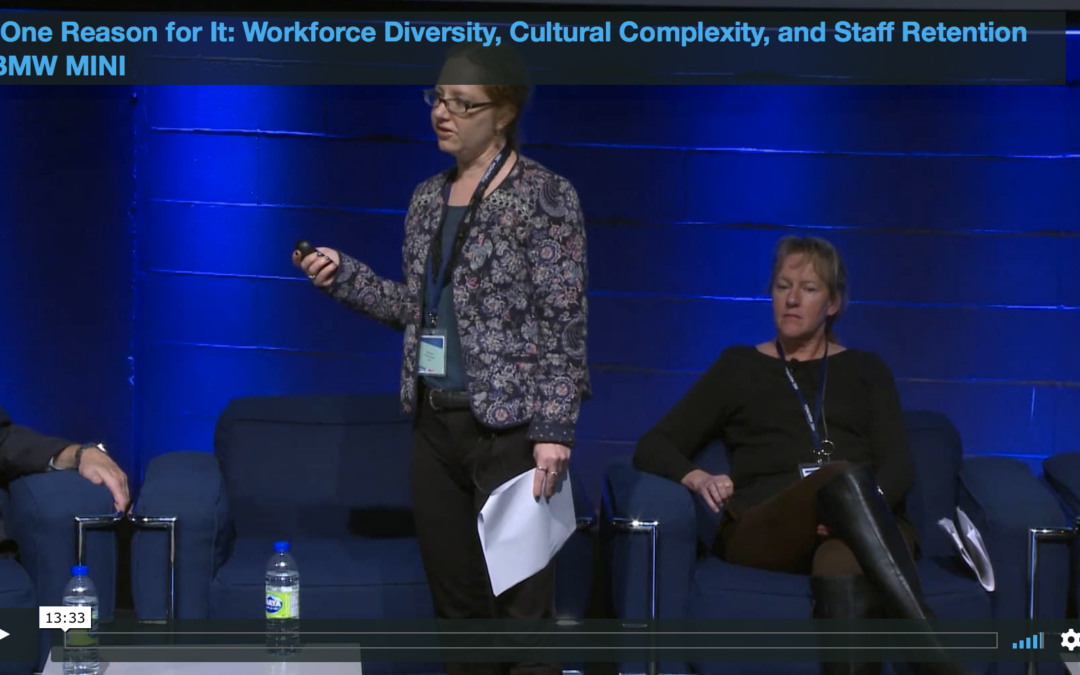
This case study is based on an ethnographic investigation conducted in 2003 at the BMW Plant Oxford automobile factory focusing on issues of staff retention. The study found that the workforce, as well as being diverse in conventional terms, was also divided in less immediately identifiable ways,...

Large organizations have been on a quest to harness the power of big data to inform and drive all kinds of decisions—from finance and fraud prevention to product development and marketing. Organizations from the U.S. government, to retailers, to major financial institutions are appointing Chief...

EPIC Profiles Series What do sentiments and ideologies have to do with Wall Street? Karen Ho would argue they are key for understanding and changing Wall Street’s institutional culture that generates and justifies a focus on the short-term. From working in a firm to interviewing workers and...